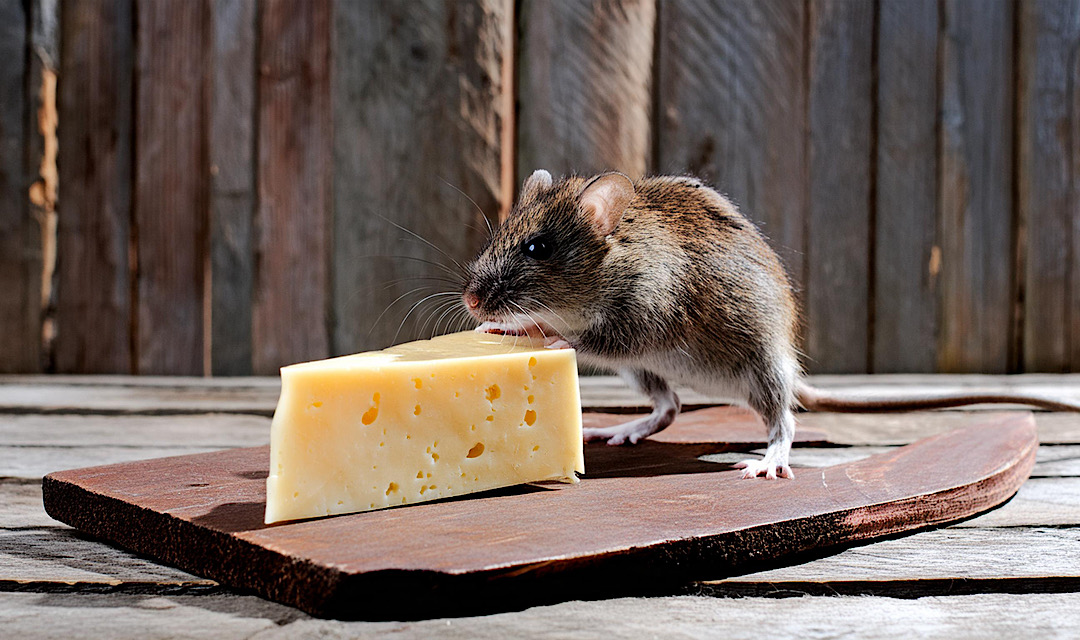

When it comes to pest control, misinformation can lead to ineffective practices, wasted resources, and in some cases, worsening pest problems. Dispelling these myths is crucial for homeowners to approach pest control effectively and safely. This article addresses some of the most persistent myths about pest control, providing factual insights to guide proper pest management strategies.
Fact: While cartoons popularize the image of mice loving cheese, professional exterminators often find that high-protein baits, such as peanut butter or pet food, are more effective. Mice are more attracted to foods with strong aromas and nutritional value, making peanut butter an excellent choice for bait.
Fact: Bed bugs are not attracted to dirt or decay but to blood. They can be found in any environment as long as they have access to their food source: humans. Cleanliness does have a role in preventing infestations by reducing hiding spots and making detection easier, but even the cleanest homes can suffer from bed bugs, especially if they hitch a ride on luggage, furniture, or clothing.
Fact: Ultrasonic pest repellents, devices that emit high-frequency sounds purported to be unbearable to pests, have mixed reviews regarding their effectiveness. Research and consumer reports suggest that these devices may have limited effects on certain pests and are unlikely to solve an infestation on their own. It’s always better to rely on proven pest control methods.
Fact: Many pests are nocturnal and have a knack for hiding, making them difficult to spot. Just because you don’t see pests during the day doesn’t mean they aren’t there. Termites, for instance, can cause extensive damage before homeowners are aware of an infestation. Regular inspections by professionals can help uncover hidden pest problems.
Fact: The cost of professional pest control can vary depending on the extent of the infestation and the methods needed to address it. However, considering the potential damage pests can cause and the ineffectiveness of some DIY methods, investing in professional pest control can be cost-effective in the long run. Many pest control companies offer free estimates, allowing homeowners to understand the costs upfront.
Fact: While DIY pest control can be effective for minor issues, professionals have access to more potent and specific treatments not available to the general public. They are also trained to safely apply these treatments, reducing the risk to humans and pets. For significant infestations or pests that pose health risks, such as rodents, termites, or bed bugs, professional intervention is recommended.
Fact: While safety concerns regarding pesticides are valid, not all pesticides are created equal. Many modern pest control methods use targeted approaches to minimize risk, including baits, traps, and eco-friendly options that are safer for humans and pets. Professional pest control services are knowledgeable about the safest and most effective treatments for different situations.
Debunking these myths is the first step toward effective pest management. Understanding the facts about pest control can help homeowners make informed decisions about how to protect their homes from pests safely and efficiently. When in doubt, consulting with a professional pest control service can provide tailored advice and solutions for pest issues, big or small.
Mice can contaminate food-preperation areas with their feces and can cause severe damage to structures.
Here are the signs you should be looking for to identify new pest problems this season.
We offer all the pest control services you need, including prevention, removal, and extermination.
It’s hard to understand the value we offer until you’ve tried us. Our discount makes it easier for new customers to get the best value in pest control.